|
 Chris Delmas/Getty | |||
| It’s been about a year since coronavirus lockdowns began in the United States. Over the past week, The New Republic’s inequality and climate desks have published a series reflecting on this strange, tragic, and at times almost unbearable year. Clio Chang wrote about the unsustainable exacerbation of debt. Jacob Silverman wrote about how the pandemic has “revealed the failures” of our current unemployment system. Rachel Cohen reviewed the unpleasant finger-pointing in the debate over reopening schools. And Eleanor Cummins, who last spring explored the troubling “nature is healing” memes in the initial weeks of lockdown, returned with an essay on what we’ve learned about our relationship to the climate and the great outdoors. More Americans, Eleanor wrote, now appreciate both the solace and the threat the outdoors can offer. There’s an urgent need for people to take that newfound awareness and help translate it into better policy. We’ve got more reflections coming, including a piece from Melody Schreiber on what Covid-19 might look like a year or two down the line. In the meantime, I’d also recommend this New York Times piece on Covid’s impact on New York City Transit. The pandemic has devastated public transportation systems across the country—a huge issue that city, regional, and national climate plans will have to reckon with for years to come. —Heather Souvaine Horn, deputy editor | |||
| Advertising  | |||
 | |||
 | |||
| Emissions need to fall by about the amount they did in 2020 during the pandemic lockdowns—7 percent—every two years to keep global warming from getting completely out of control, according to a paper published last week in Nature Climate Change. | |||
 | |||
 | |||
| FedEx has become the latest company to commit to carbon neutrality. It’s investing $2 billion in electrifying the fleet and $100 million in “a new Yale Center for Natural Carbon Capture,” according to The Washington Post. | |||
 | |||
| Please read Kate Aronoff’s prior work about why any pledge of “carbon neutrality,” otherwise known as “net-zero,” needs to be taken with a grain of salt. FedEx promising carbon neutrality by 2040 isn’t as prima facie risible as, say, Exxon making such a promise. But the carbon capture technology FedEx is investing in to help offset its emissions doesn’t currently exist in a reliable and scalable form, as Kate has previously observed. | |||
 | |||
| A Single Chemical Plant in Louisville Emits a Super-Pollutant That Does More Climate Damage Than Every Car in the City |  | ||
| Speaking of corporate pledges, Inside Climate News published a disturbing feature on Tuesday about the Chemours chemical plant in Louisville, Kentucky, which is “the nation’s largest emitter of a climate super-pollutant known as hydrofluorocarbon-23”—a greenhouse gas “12,400 times more potent than carbon dioxide” that “could be eliminated with low cost, existing technology.” As reporters Phil McKenna and James Bruggers explain, “company officials pledged at a White House gathering in 2015 ‘to control and, to the extent feasible, eliminate by-product emissions of HFC-23 at all its fluorochemical production facilities worldwide.’” They haven’t done that. In response to the reporters’ inquiries in writing this story, the company released … another pledge. Phil McKenna, James Bruggers | Inside Climate News | |||
| Advertising  | |||
 | |||
| Support Independent, Issue-Driven Journalism | |||
| | |||
| Copyright © 2021, The New Republic, All rights reserved. | |||
